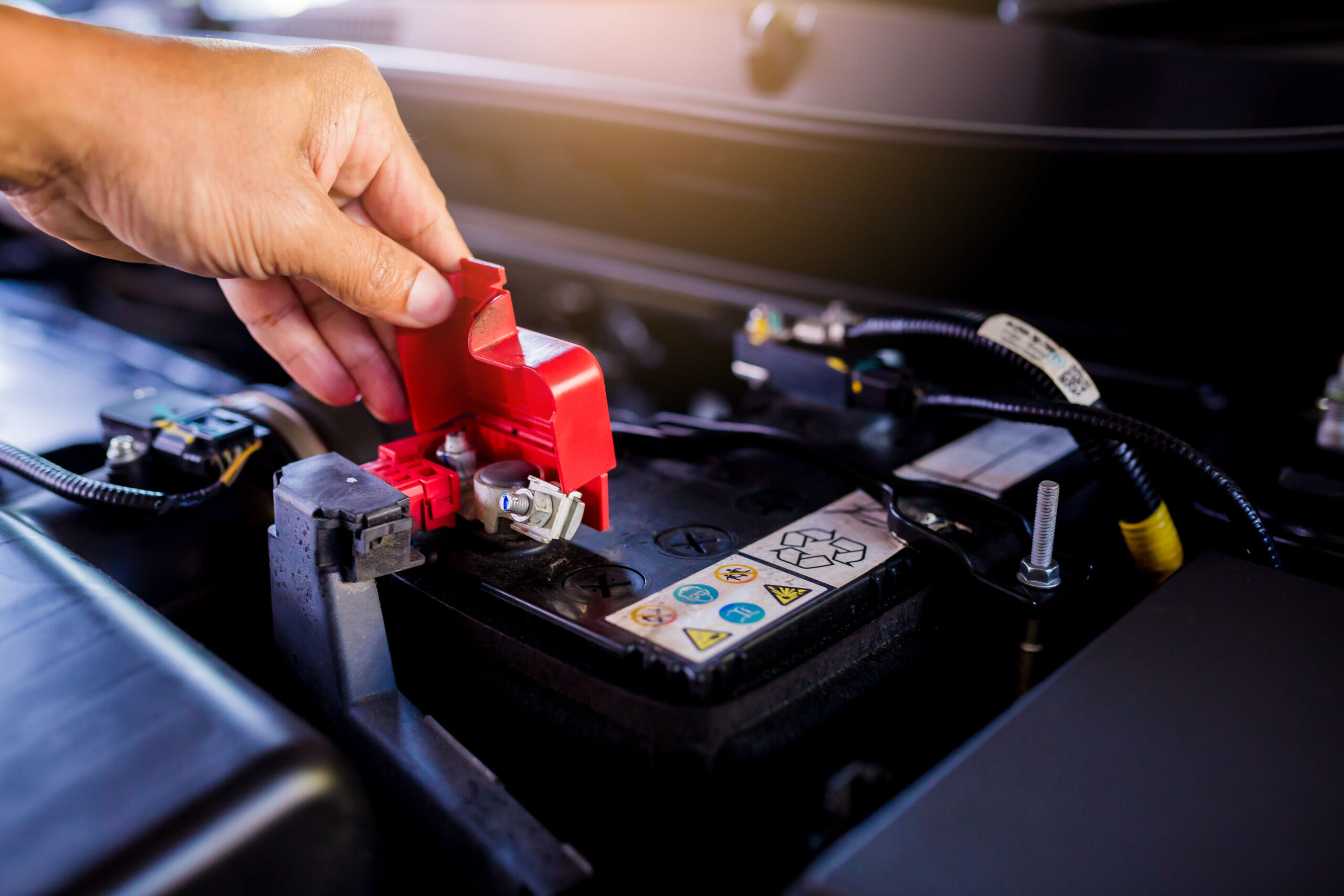Tips to Check Your Car Battery at Home

Under the hood, the battery is the beating heart of your vehicle. You need it to start your car, turn on the headlights, run the air-conditioning, etc. Without a functional battery, your vehicle is as good as dead.
A typical car battery has a lifespan that ranges between three to five years, depending on its make, use, maintenance, among other factors. But, if you suspect your car battery is losing power or is on the verge of death, it might be time to have it checked, and, if required, get a new car battery.
Given below are some tips to check your car battery by yourself to see if it is functioning correctly or not.
Tip #1 The Headlights Test
If you are not a qualified technician, you might be sceptical about performing any ‘test’ on your car. However, this test can easily be done without any equipment at home. First, without starting your engine, turn on your car headlights and leave them on for 10 to 15 minutes. Then, start your car and make note of your car’s headlights – is it dim, flickering, stable, bright? If your headlights dim as you power the engine or flicker, your car battery doesn’t pass this health test. The battery should hold sufficient charge to handle 10 to 15 minutes before the engine is powered, and once the engine turns over. If your car battery is already struggling, it means that it is time for you to get a new car battery.
Tip #2 The Sound Test
Generally, when you turn your key to ignite the engine, you can hear your car’s engine come to life with a roar. But, when you hear a rapid clicking noise instead, it could mean that your car battery is likely dead or just on the brink. This could also mean that the alternator which charges the battery is not functioning properly. This clicking noise is a tell-tale sign that there is something wrong with your car’s electrical system. A jumpstart might get your car to move temporarily, but this isn’t the solution. Have a qualified technician take a look at every part of the electrical system, especially the battery, and if needs, get a new car battery.
Tip #3 The Test for Corrosion
The powdery, white and bluish-green substance that gathers on the car battery terminal is battery corrosion. Corrosion is caused when the acid within the battery releases hydrogen gas or acidic fumes. Since the battery terminals are in direct contact with the battery, they are exposed to the acidic fumes, thereby developing corrosion. Over time, corrosion can interfere with the terminals’ ability to transfer electricity, sometimes even blocking the flow. This results in the car battery working harder to compensate, and this extra work can shorten its lifespan. This is why you must check your battery for corrosion and keep the terminals clean.
Final Thoughts
You should keep a check on your car’s engine performance and take your car battery for routine servicing, irrespective of whether there are any signs of weakness or not. This will keep premature ill-health or death at bay.
Whether you want to get your car battery checked or purchase a new car battery, AIS Windshield Experts can help you out. AIS Windshield Experts is India’s largest automotive-care network. We offer battery check and replacement services, both in-house and door-to-door. With us, you will get 100% genuine car batteries from industry leaders like Amaron and Exide. Our team of trained technicians uses top-of-the-line tools and observes the highest safety standards during battery check and replacement.
Forget all car battery woes with AIS Windshield Experts! Simply give us a call at 1800-102-6364 to avail our services at a location near you. For further information, visit AIS Windshield Experts today!
Similar Post
-
23

Why Premium Cars Need Advanced Car Battery Technology
-
23

Best Battery Maintenance Practices for Commercial Fleets
-
17

How to Know If Your Car Battery Needs Replacement Before Summer
-
17

How Professional Battery Checks Can Save You from Breakdowns
-
22

Amaron vs. Exide – A Complete Guide for Best Car Battery in India









 1800-102-6364
1800-102-6364  9818866364
9818866364  9599087715
9599087715 